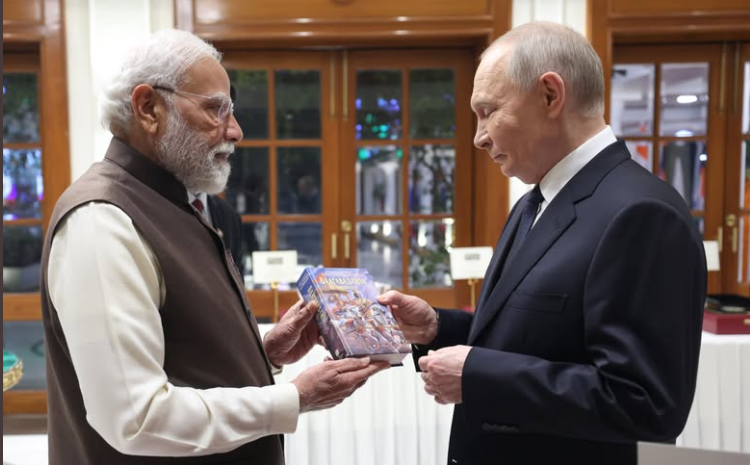India-US Trade Talks: Challenges, Proposals, and the Road Ahead
- Induqin
- May 15
- 3 min read
Updated: May 16
India and the US are navigating intricate trade negotiations aimed at mutual benefits. External Affairs Minister S. Jaishankar cautioned against premature conclusions, while President Trump noted India's significant tariff reduction offer. Talks will address retaliatory tariffs and aim for interim agreements during a 90-day tariff pause. India's proposal to cut tariff disparities reflects a move towards alignment with global norms, as both nations strive to resolve disputes and strengthen economic ties.

India and the United States continue to engage in complex trade negotiations, with both sides working to achieve a mutually beneficial agreement. External Affairs Minister S. Jaishankar, speaking at the inauguration of the Honduran Embassy in New Delhi on Thursday, emphasized the intricacy of the discussions. "Trade negotiations are multifaceted, and any conclusions must be advantageous for both nations," he noted. He cautioned against drawing premature conclusions, underlining that meaningful progress is yet to be achieved.
Jaishankar's comments came on the heels of a statement by US President Donald Trump, who, during a speech in Doha as part of his West Asia tour, mentioned that India had extended a significant trade offer. “India offered a deal with effectively zero tariffs,” Trump claimed, marking a notable development in the ongoing dialogue.
Retaliatory Tariffs and WTO Proposals
The backdrop to these talks includes India's recent proposition to the World Trade Organization (WTO) to impose retaliatory tariffs on the US. This move comes in response to Washington's duties on Indian steel and aluminum imports. These tariffs are expected to be a focal point in the upcoming trade discussions, which aim to address imbalances and pave the way for a bilateral agreement.
From May 17 to 20, Union Commerce and Industry Minister Piyush Goyal is scheduled to meet with US Trade Representative (USTR) Jamieson Greer and US Commerce Secretary Howard Lutnick. These meetings hold particular significance, given their timing amidst President Trump's announcement of a ceasefire agreement between India and Pakistan and his assertion of potentially cutting trade ties with both nations.
Tariff Reductions: A Key Proposal
India has reportedly proposed to significantly narrow the tariff disparity with the US. According to a Reuters report dated May 9, New Delhi has suggested reducing the average tariff differential from approximately 13% to under 4%. If implemented, this would represent one of India's most substantial tariff adjustments for a major trading partner, signaling a willingness to align more closely with global trade norms.
Interim Agreement and "Early Wins"
Both countries are striving to capitalize on the ongoing 90-day tariff suspension to achieve an interim agreement. The goal is to secure "early mutual wins" before the first phase of the trade deal is unveiled, which is expected in October. Currently, the US has paused its 26% levies on Indian imports until July 9, as part of efforts to bridge the trade deficit. However, the baseline tariff of 10% remains in effect.
The Path Forward
As discussions progress, the stakes remain high for both nations. For India, aligning with US expectations while safeguarding its domestic industries is a delicate balancing act. For the US, securing favorable terms that address its trade concerns while maintaining strategic ties with India is equally critical. The outcome of these negotiations could set the tone for future economic collaboration between the two countries, with lasting implications for global trade dynamics.
While challenges persist, the willingness of both sides to engage in dialogue reflects a shared commitment to resolving trade disputes and fostering stronger economic ties. As the world watches, the coming months will reveal whether these efforts can yield a landmark agreement that benefits both nations.







Comments